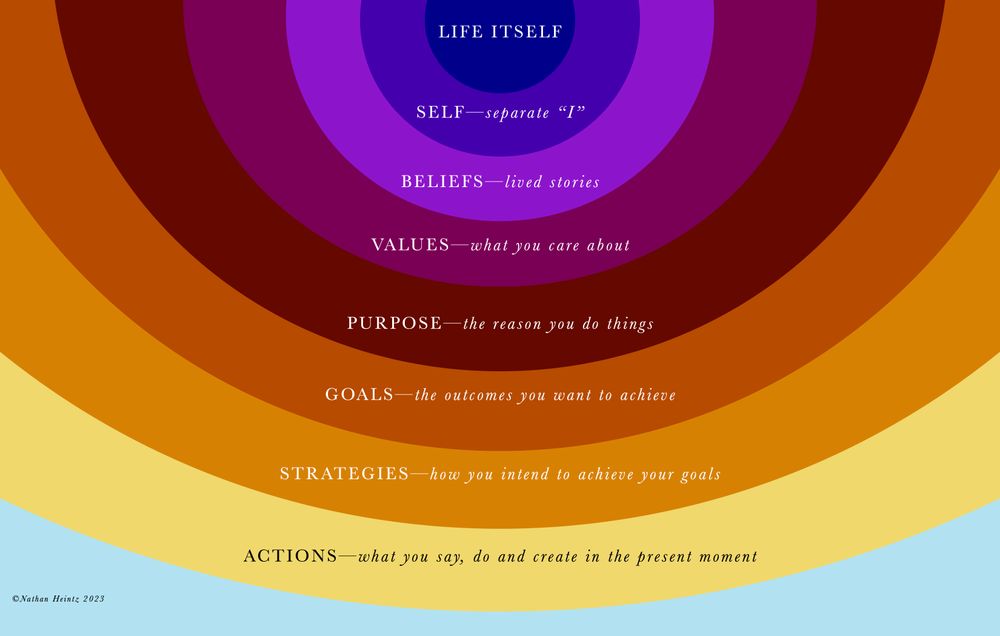In Josh Kaufman’s excellent book, The Personal MBA, he lays out the five fundamental elements of any business. It’s a really helpful framework because it applies to any size of business, and gets right at the heart of what a business is. Without any one of these elements, a business literally can’t exist.
This framework even seems to hold some kind of key to life. It goes beyond business to capture the essence of the human exchange of value. In this post, I borrow Kaufman’s framework and riff on it. Thanks Josh!
1. Value Creation
The capability to solve a problem
Value creation essentially means being able to help someone. If you're not able to help someone, then you won't be in business.
This means you have to be tuned in to a problem, pain or desire that people have, understand it, and find a solution. You have to be able to give them what they need or want. Maybe your service will teach them how to solve their problem themselves. In any case, you have the keys to a problem, and it works!
In order to get to the creation of value, you may have to do user research, understanding what people need, and do product and service design, finding ways to your solutions.
Once you come up with a unique, useful idea and turn that idea into a product or service that you know works, then you have created value.
This is your secret sauce.
R&D goes here. Capacity building goes here. Skill development goes here.
Interested in starting an ice fishing business? Learning everything you can about ice fishing is part of the value creation process. Your passions and interests drive you to understand, and eventually you find a way to add value to people’s lives.
2. Marketing
You offer people your solution
Marketing essentially means being “visible” to your customers and having a cash register. Or an open guitar case. Or a pocket to stuff some cash in.
Marketing means people know you exist and they can see the value that your product or service can offer them. You make offers, they receive offers. You’re bringing your goods or services to market.
This could mean getting your new chocolate bar into Whole Foods, or kicking it on the side of the road with flats of strawberries on the tailgate of your truck. It could mean building your email list.
It’s interesting how many different kinds of activities constitute marketing, like writing a blog with valuable insights in your field, or showing up to speak as an expert at a conference. Anything that gets you in front of people where you can make them an offer or demonstrate your value. When you market your goods, you’re making promises that you’ll have to deliver on. If your customer trusts you, you may get the sale.
Showing up to a job interview is marketing, or carrying around a basket whispering "ganja goo balls" at Dolores Park (hehe stay away from me). Of coursre, you probably wouldn’t do that in a plaza in the Financial District. You have to find the right people to make your offer to, the actual people you know you can help.
3. Sales
Your offer is fair and they say “yes.”
Sales is when some of the people that need their problem solved understand that your product or service will solve their problem or give them what they want, and the price is right. They have an opportunity to meet their needs and they decide to take it.
Sales means making your offer to people in such a way that the value you offer is worth the cost to the customer. And then giving them the channel through which to make the purchase.
This means they throw money in your guitar case, hand you cash for your goo balls (far out, man), send ETH to your ledger, or sign on the line that is dotted.
In order to make sales, you need product/market fit. The value you offer has to be real, and the value:cost ratio has to be dialed. This means listening to your customers. Listen to the people that go for it, and especially the people who don’t. If they have a problem you can solve, but they don’t go for it, something is wrong and you may need to tweak some of the other elements.
A note on the relationship between marketing and sales
The marketing & sales process goes: visibility → offer → assessment → purchase.
Marketing is the visibility and the offer. Sales is a simple validation process followed by the purchase. Marketing means someone knows you exist. Sales means they say "yes" and then give you money.
You can have marketing without sales, but you can’t make a sale without marketing.
4. Value Delivery
The problem is solved to great effect
This is where the rubber meets the proverbial road. Without delivering value, your business is a scam. Value delivery is where you follow through on your promise. It's your secret sauce, in reality.
Value delivery is where you actually do your service, or people use your product to great effect.
How this works totally depends on the domain and delivery method. Everything in the designed world is a form of value delivery for better or worse.
Expertise, experience, quality and usefulness all reside here.
The reviews we read before buying something all tell a story of value delivery, or the failure thereof.
5. Finance
More comes in than goes out
The last domain, finance, is a simple one. You have to make sure that more money comes in than goes out. You track it. You live within your means, keep a ledger, and make your ends meet, and then some.
In spending money on your business, you invest what you need to, to the degree that you can, strategically. You stay lean. This keeps you agile—especially in the beginning—in case you need to pivot, and ensures that you only grow when it makes business sense to do so.
I love this framework and refer to it all the time. I find that it integrates and compliments perfectly with pretty much every other business framework I’ve seen like agile, conversations for action, and the business model canvas. It’s the most distilled and accurate business model framework there is.
If you want a deeper dive into Kaufman’s ideas, I highly recommend you check them out here. He has tons of materials up and goes into great detail about each of the above elements.
Thanks for reading!








